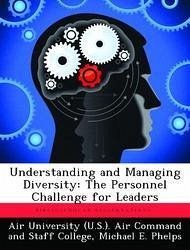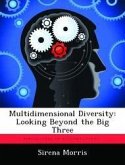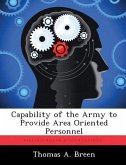This paper addresses the subject of diversity. The changing demographics in America projects by the year 2000, almost two-thirds of new entrants into the workforce will be women, and 29 percent will be non-white. The key to successful leadership will be an understanding and awareness of diversity in the organization. The purpose of this research is to provide a consolidated source of educational references on diversity. Although this project is narrow in scope and breadth it serves as a point of departure for those attempting to improve their understanding and awareness of the leadership challenges of diversity.Diversity was initially defined as: the different or dissimilar attitudes, values, and way of life between people based on race, religion, color, national origin, economic status, and gender. This definition paved the evolution of diversity around five approaches: (1) the golden rule, (2) assimilation, (3) righting the wrong, (4) culture specific approach, and (5) the multicultural.The prevailing idea on diversity broadens the scope and defines diversity as any mixture of items characterized by differences and similarities. The key here is the inclusion of similarities and synergy created between differences and similarities to achieve an effective workforce reflective of the America society. To assist leaders and mangers in the "diversity challenge," several tools are available. Two such tools are the diversity management process and the diversity paradigm options for action.In conclusion, diversity has made significant improvements in the lives of the American workforce. Although more work lies ahead, diversity's impact on the workforce will continue to evolve with the changing values of our society.
Hinweis: Dieser Artikel kann nur an eine deutsche Lieferadresse ausgeliefert werden.
Hinweis: Dieser Artikel kann nur an eine deutsche Lieferadresse ausgeliefert werden.








